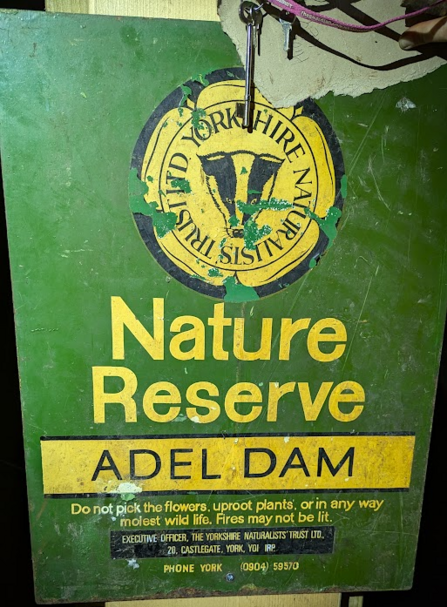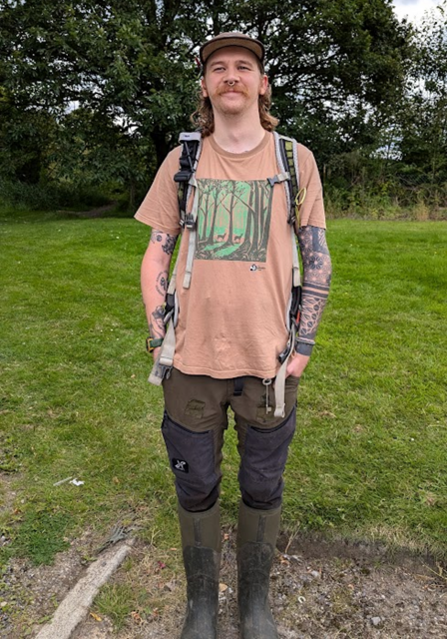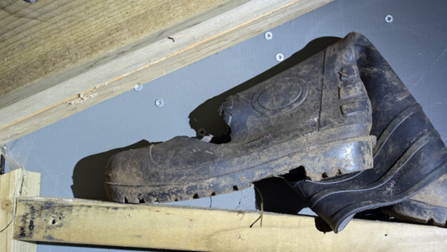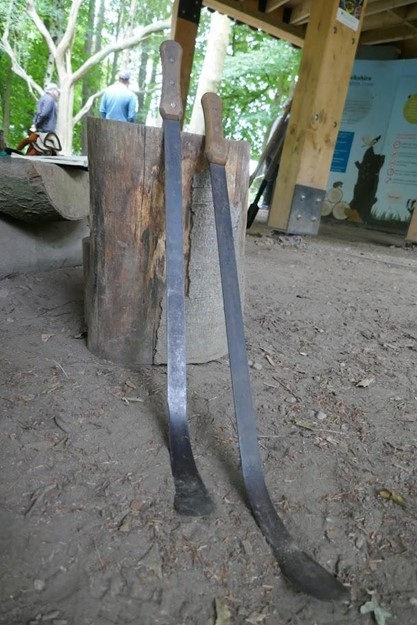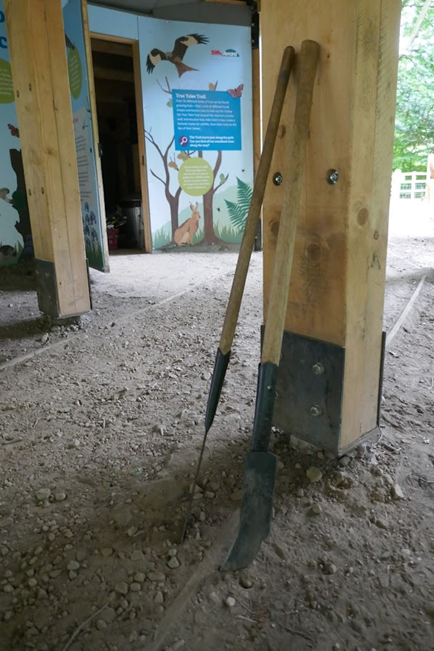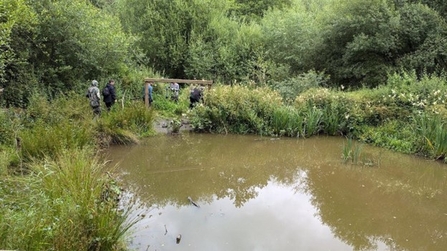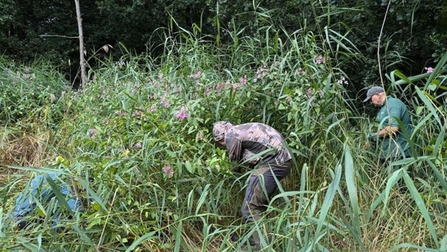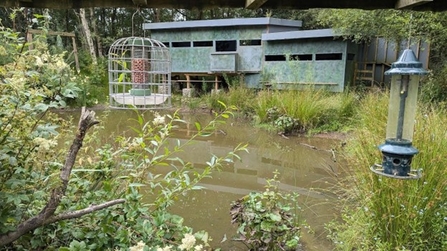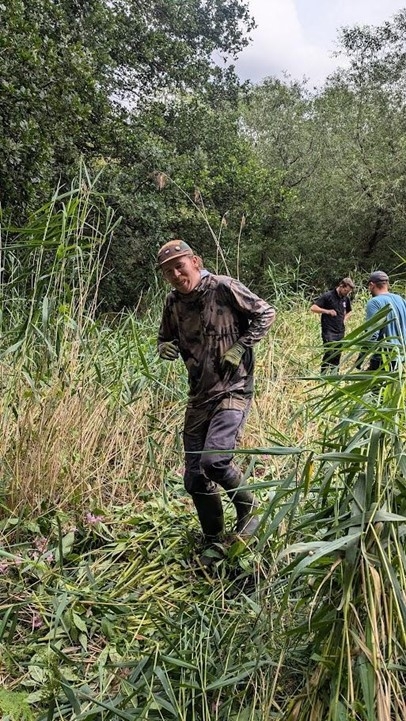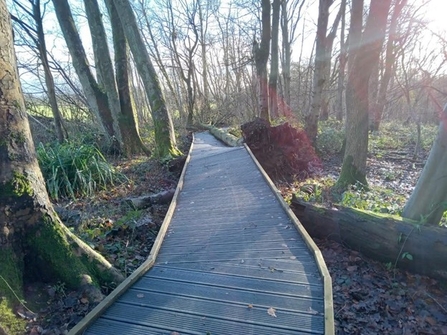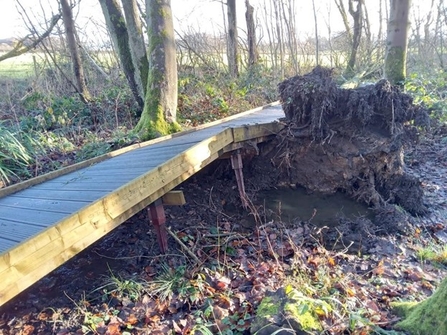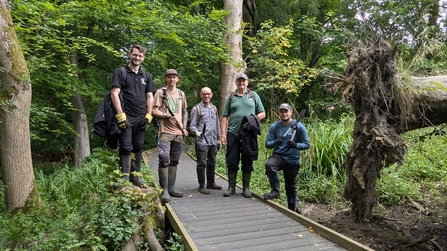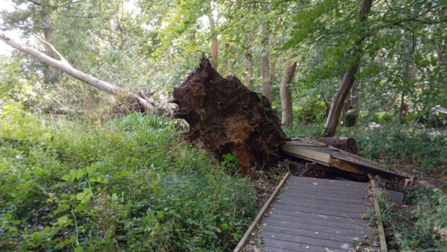Task day volunteers at Adel Dam
Most of us volunteers at Yorkshire Wildlife trust take part in Task Days, doing a wide and seasonal variety of important tasks on the specific reserves we help to manage. My local reserve is the recently rewilded Barlow Common.
Many of our Barlow volunteers also help out at other reserves, and I thought it was about time I had a look elsewhere to see the challenges faced on other reserves and to meet the volunteers.
I didn’t want to go to one of the bigger or more well-known sites. Adel Dam appeals as it’s on the edge of Leeds, a city more usually renowned for its nightlife than its wildlife. Adel is relatively old too, in contrast to Barlow, having been a dam for water power long before the Victorians planted most of the magnificent mature trees we see today. Pete Gurney (YWT Reserves Assistant - West), our Task Day Leader, pointed out many locally important examples as we went round. Adel Dam has been managed as a nature reserve since 1968 and, whilst not exactly ancient, you can see many features normally found in our precious temperate rainforests, such as a variety of ferns and lichens and vigorous vegetation at ground level. But the forest is not the only thing that makes it special, as we will find out later.


